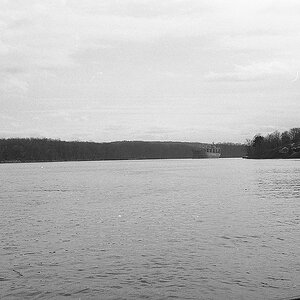Chiuy
TPF Noob!
- Joined
- Oct 13, 2010
- Messages
- 37
- Reaction score
- 1
- Location
- San Francisco, Bay Area
- Can others edit my Photos
- Photos NOT OK to edit
I've just recently read an article about Reverse Lens Mounting where you can just put the ends of the lens to take an extreme macroshot.
101 Photos Taken With the Lens Detached
I never knew you could do this... so I've decided to tried it myself.
I'm a newb, so I have no idea what I am doing... I'm using my 18-55mm f/3.5-5.6 standard lens. So, I flip it backward and I try to take a picture of it, and nothing really happens. I can't seem to focus on the subject or even get any picture on my viewfinder, etc.
If anyone could teach me how to do this, it's much appreciated.
101 Photos Taken With the Lens Detached
I never knew you could do this... so I've decided to tried it myself.
I'm a newb, so I have no idea what I am doing... I'm using my 18-55mm f/3.5-5.6 standard lens. So, I flip it backward and I try to take a picture of it, and nothing really happens. I can't seem to focus on the subject or even get any picture on my viewfinder, etc.
If anyone could teach me how to do this, it's much appreciated.



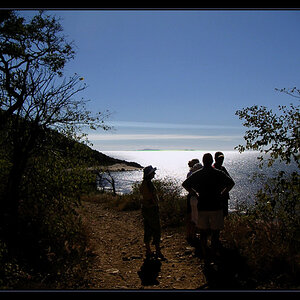
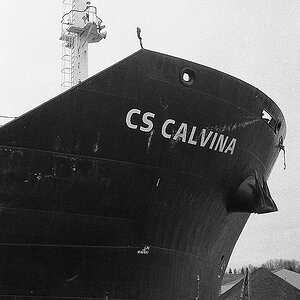
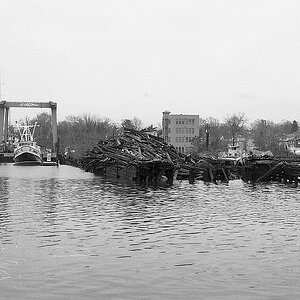


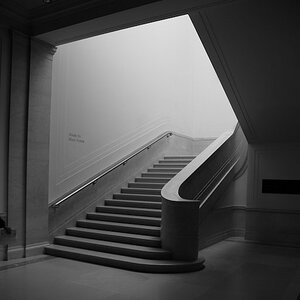

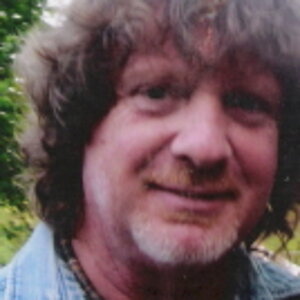
![[No title]](/data/xfmg/thumbnail/42/42397-30faa170de7ed9be38adf00b9b26a220.jpg?1619740167)
![[No title]](/data/xfmg/thumbnail/37/37605-90c8efaef5b7d1f52d4bf8e7dfd33673.jpg?1619738148)
